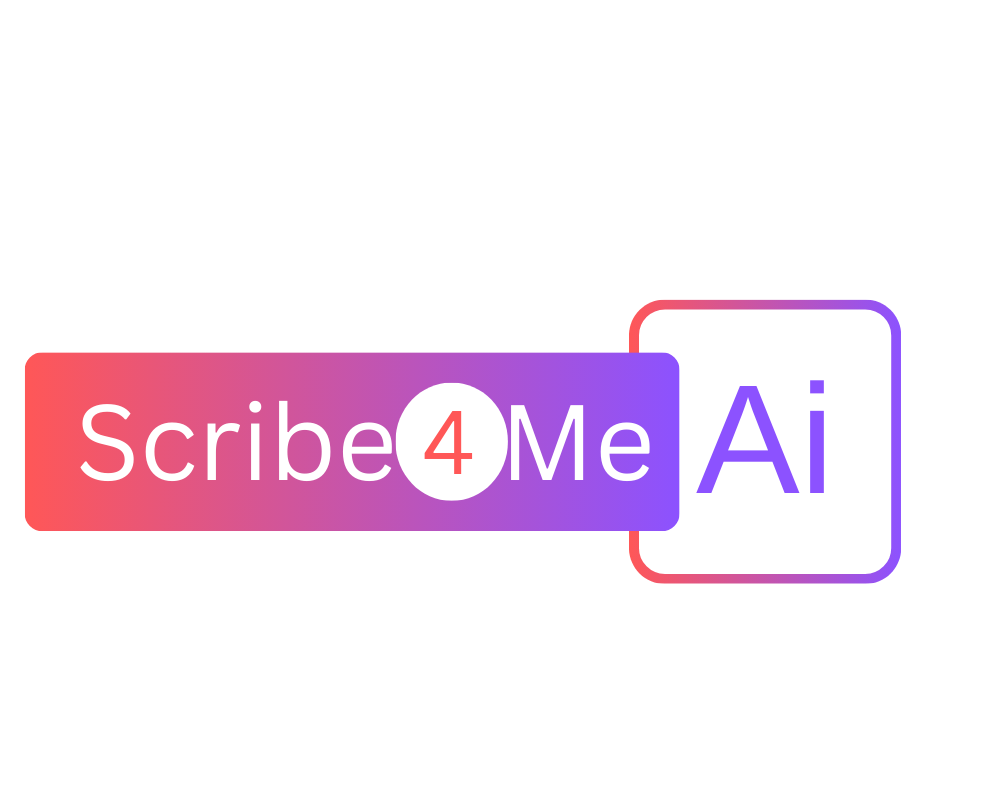

Clinicians’ Experiences With AI Scribe Technology
The burden of EHR documentation plays a huge role in clinician burnout. This burnout is driven by a number of factors, including the time and effort spent on documentation during and after visits, its interference with patient interactions during appointments, and the complexity of EHRs. Can an AI scribe technology address these challenges? Yes, says a recent study. A quality improvement study conducted among 46 clinicians found that using an AI scribing tool can significantly improve clinical efficiency, lower the mental burden of documentation and enhance patient engagement during visits. Now, let’s delve into the key insights from this study and explore clinician experiences with using an AI tool for documentation.
Study Overview And Methodology
This quality improvement study was conducted in the outpatient setting of an academic health system in Philadelphia, Pennsylvania. After filling out a baseline survey which served as implied consent, clinicians were offered AI scribe technology for outpatient visits. The study followed SQUARE guidelines and included a total of 46 clinicians representing a mix of specialties, clinical sites, and levels of scribing experience.
Integration And Workflow Of AI Scribing Technology
Clinicians used an AI scribe that integrated well with their EHR through a mobile app for hands-free audio recording. After obtaining patient consent, the tool transcribed the visit into a note, typically in under a minute. The study tracked clinician interactions with EHRs both before and during the study, focusing on metrics like time spent on notes, same-day appointment closures, after-hours work, and manual documentation. Clinicians were asked to fill out surveys before and after the study to share their experiences. The survey results were then analyzed to see how easy the tool was to use (usability) and how likely they were to recommend it to others.
Clinician Experiences And Feedback
The study found that AI scribing improved efficiency, reduced documentation burden, and increased clinician engagement with patients. While some studies have shown similar benefits, this study combined data and clinician feedback to give a fuller picture. The results indicated that AI scribing enhanced note-writing efficiency and reduced cognitive load. However, clinicians still had to review and edit notes, which some found frustrating. Many appreciated that it helped them recall patient encounters in more detail than they would not have captured themselves. However, some were disappointed, maybe due to mismatched workflows or unrealistic expectations.
AI scribing works well for some but not all clinicians. Those who want a fully keyboardless solution or who need very specific note formats might not be satisfied with the current version. As technology continues to improve, these tools are likely to become more powerful, but for now, clinicians must still review and edit their notes to ensure 100% accuracy. The study concluded by recommending a careful approach to adopting scribing technology, considering individual needs, workflows and the associated costs, as it may not be the best fit for everyone.
Key Findings – Increased Efficiency And Reduced Workload
The implementation of AI scribe technology brought about some impressive improvements in several areas.
Time Spent on Notes - There was a 20.4% reduction in time spent on notes per appointment, decreasing from 10.3 to 8.2 minutes.
Same-Day Appointment Closure - The rate of same-day appointment closures went up by 9.3%, from 66.2% to 72.4%
After-Hours Work - Clinicians experienced a 30% reduction in after-hours work time per workday, decreasing from 50.6 to 35.4 minutes.
These findings suggest that AI scribe technology can significantly enhance documentation efficiency, giving clinicians more time to focus on patients and enjoy a better work-life balance.
Enhancing AI Scribe Technology for Better Adoption
To get the most out of AI scribe technology, future efforts should focus on improving the AI algorithms for better accuracy and usability. It is also equally crucial to gather and incorporate clinician feedback to ensure that the technology meets their needs. In addition, providing thorough training will help with smooth adoption and maximize the tool’s potential. Lastly, understanding patients’ perspectives can shed light on how this technology affects their interactions with clinicians, making the experience better for everyone involved.
Conclusion
AI scribe technology is a perfect solution to the documentation challenges that contribute to clinician burnout. By reducing documentation burdens, enhancing efficiency, and improving clinician satisfaction, this tool is making a real difference across healthcare settings. While there are still some limitations, like the need to review and edit notes, the benefits—such as saving time, reducing after-hours work, and increasing same-day appointment closures—are clear. As the technology continues to evolve, it is set to further improve accuracy, streamline workflows and enhance the overall quality of patient care.
Are you looking to reduce your documentation burden and improve efficiency? Hire Scribe4Me AI! It’s time to streamline your documentation process and enhance patient care! Start a free trial today to see if we are for you!


